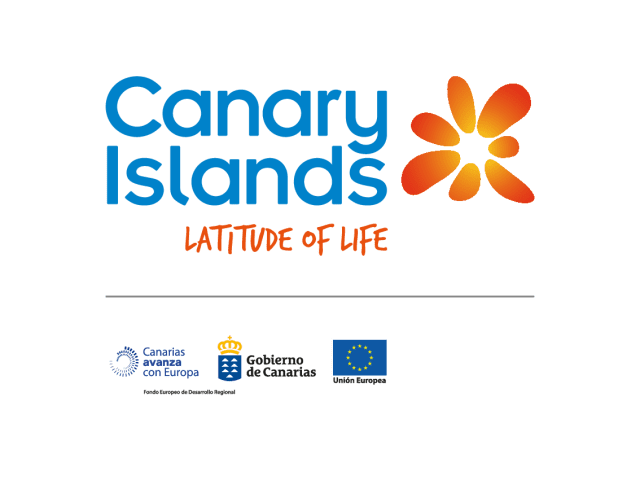 November 3rd Marks UNESCO’s First International Day of Biosphere Reserves
November 3rd Marks UNESCO’s First International Day of Biosphere Reserves
The islands of La Palma, Lanzarote, El Hierro, as well as most of Gran Canaria and Fuerteventura are recognised by UNESCO as Biosphere Reserves. In addition, the archipelago boast 146 protected areas, including its four national parks, three marine reserves, and seven biosphere reserves
“This archipelago has a spectacular geodiversity,” says José Francisco Pérez Torrado, geologist and professor at the University of Las Palmas de Gran Canaria.
“The richness in biodiversity in the Canary Islands would not be possible without the volcanic origin of the islands,” adds Pérez Torrado, “which is responsible for the laurel forest in La Palma, La Gomera and Gran Canaria, a forest from the Miocene or Tertiary Era“. In addition to the laurel, these forests are home to 1,634 species of fungi that explain the evolution of many species over thousands of years.
According to the Canary Islands Biodiversity Data Bank, a total of 17,893 species and 999 subspecies of flora are currently known to inhabit the archipelago, of which 3,736 and 584, respectively, are widespread. 12,661 species live in the terrestrial environment and 5,232 in the marine environment.
Thus, in the Canary Islands, unique animal and plant communities can be found, including interesting Canarian and Macaronesian species. Of the fauna, reptiles and birds have received special attention from herpetologists and ornithologists all around the world. Most of the terrestrial reptiles are exclusive to the Canary Islands (14 of the 15 species) and can be considered living fossils of the Miocene fauna.
Throughout the year, 26 of the more than 79 species of cetaceans that inhabit the entire planet, such as dolphins, orcas or blue whales, pass through the Canary Islands. Many cetaceans can be sighted just 20 minutes off the coast of the islands thanks to the depth of the waters and the mild climate of the Canaries. In fact, in 2021, Tenerife’s West Coast has been declared a UNESCO World Heritage Site for cetacean conservation, making it the first Whale Heritage area in Europe with the Responsible Watching certification, a distinction granted by the World Cetacean Alliance.
Visitors can enjoy this great biodiversity in natural reserves across the Canaries, such as Güigüi or the Tilos de Moya in Gran Canaria, the Malpaís de Güimar or the Roques de Anaga, in Santa Cruz de Tenerife, or the Chinijo Archipelago, a group of islands off Lanzarote that is the largest marine reserve in the European Union!
For more information on the Canary Islands please visit www.hellocanaryislands.com

